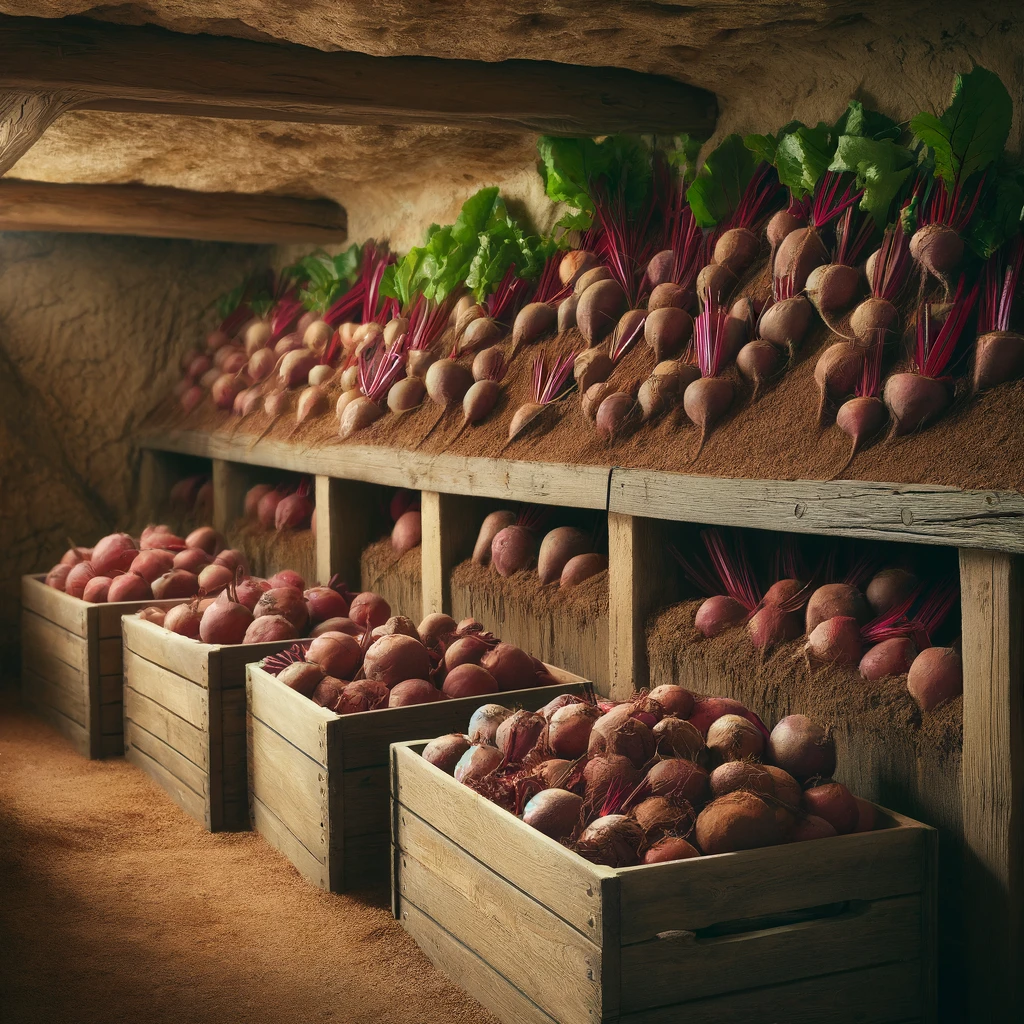Selecting the Best Beets: A Guide to Choosing Fresh, Flavorful Beetroot
1. Check for Freshness
The freshness of beets is the most critical factor. Fresh beets are firm to the touch with smooth skins. Avoid beets that feel soft, have visible wrinkles, or are overly mushy, as these signs can indicate age and loss of flavor and texture.
2. Look at the Greens
If the beets come with their greens still attached, this can be a great indicator of freshness. Look for greens that are vibrant in color, crisp, and not wilted. The presence of lively greens often means the beets were recently harvested. Plus, beet greens are edible and highly nutritious, perfect for sautéing or adding to salads.
3. Size Matters
The size of the beet can affect its cooking time and texture. Smaller beets are generally sweeter and more tender, making them ideal for eating raw in salads or for quick roasting. Larger beets take longer to cook but can be great for juicing or making hearty dishes.
4. Uniformity for Cooking
When planning to cook beets, try to select those that are uniform in size. This ensures they will cook evenly, preventing some from becoming too soft while others are still firm.
5. Color and Variety
Beets come in a range of colors, from the classic deep red to golden yellow and even striped varieties like the Chioggia, with its distinctive red and white rings. Each type has a slightly different taste and sweetness level, so consider trying a mix to find your favorite.
6. Avoid Pre-Packaged Beets
While pre-packaged beets are convenient, they often lack the freshness of loose beets. If possible, choose loose beets that you can inspect from all angles to ensure quality.
7. Organic vs. Conventional
If you’re concerned about pesticide exposure, consider opting for organic beets. They’re grown without synthetic pesticides or fertilizers, which some prefer for health and environmental reasons.
8. Seasonality
Beets are generally available year-round, but their peak season is from fall through spring. During this time, they are likely to be fresher and more flavorful.
9. Storage Potential
If you’re not planning to use your beets immediately, check their storage potential. Beets can be stored in the refrigerator for several weeks. Trim the tops, leaving about an inch of stem, and store them in a plastic bag in the crisper drawer to maintain freshness.
Conclusion
Selecting the best beets involves looking for freshness, firmness, and vibrant colors. Whether you’re roasting them, juicing, or incorporating them into salads, the right selection can make all the difference in your dishes. Enjoy the process of selecting and experimenting with different varieties of beets to find the ones that best suit your taste and culinary needs.


